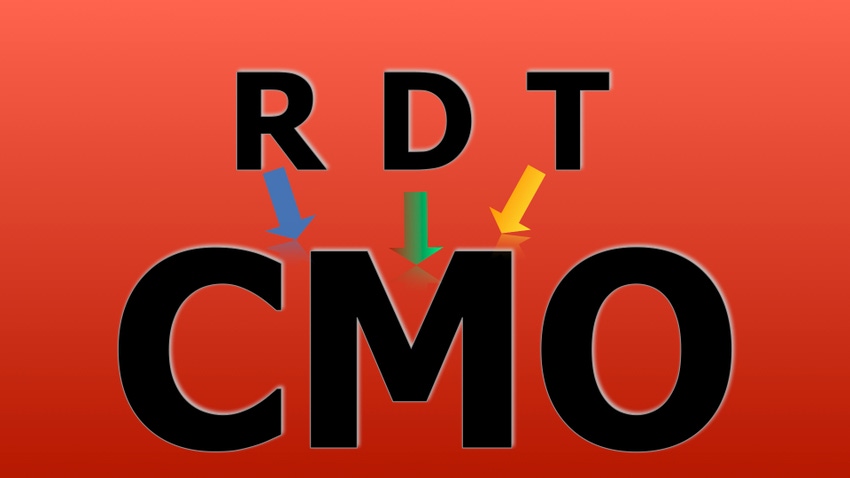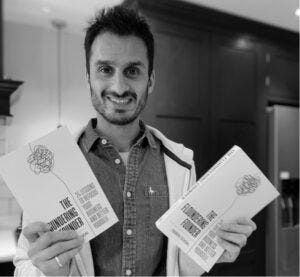Content Spotlight
Podcast: MilliporeSigma says education vital to creating unbreakable chain for sustainability
MilliporeSigma discusses the importance of people, education, and the benefits of embracing discomfort to bolster sustainability efforts.

The ‘D’ for ‘Development’ has become standard among the nomenclature of contract manufacturing organizations (CMOs) but the addition of an ‘R’ for ‘Research’ or ‘T’ for ‘Testing’ is needless and confusing, says marketing specialist Raman Sehgal.
It sounds like the start of a joke, but what do you call a collection of biopharma manufacturing service firms? ‘Suppliers’ is too vague; ‘Third-party manufacturers’ is too clunky; CRAMS (Contract Research and Manufacturing Services), meanwhile, has not been used outside of Asia since around 2007.
But using the correct nomenclature is critical, Raman Sehgal – founder of the life science PR and marketing consultancy firm ramarketing, international best-selling author, and host of the Molecule to Market Podcast – tells BioProcess Insider.

“I think companies need to tread very carefully in this area. Humans as buyers have a tendency to categorize businesses because it makes it easier for them to understand and compare them against others. That’s why an airline is an airline. A sports brand is a sports brand.”
‘CMO’ is all encompassing, ubiquitous across the sector, and is generally understood inside and outside the industry (when not confused with ‘chief medical officer’). However, the term ‘CDMO’ – standing for contract development and manufacturing organization – has become almost as commonplace, mirroring the increased presence of such companies within the biologics space and as such is the preferred jargon of this publication.
But recently, variants have arisen claiming to represent the new business models for third-party service firms, for example the addition of an ‘R’ for ‘Research’ in CRDMO, or ‘T’ for ‘Testing’ in CTDMO. However, Sehgal believes such specific categorization is unnecessary and could even be damaging for the brand.

Raman Sehgal, founder of life sciences PR and marketing firm ramarketing
“Among the biotech and pharma companies that I regularly speak to, they still often refer to CDMOs as CMOs, which was the original term. Put simply, even after all these years, they are still transitioning. So using some unknown variation has the potential to confuse the audience,” he says.
“The other aspect of this is just commercial folks doing what they like to do: i.e., change stuff. And as a marketing man, I only know this too well. Marketing and business development teams get bored with their own stuff as they see it everyday so start to tinker. In doing so they often make the fatal mistake of assuming their audience must also be bored with it. But while you’ve seen your materials a thousand times, your audience might have only seen it a handful of times. Again, consistency and reinforcement is often a better route.”
The one exception, he adds, is if one of the juggernauts in the space – “a top 1-2 CDMO” – makes a change then others tend to follow suit.
“From memory, I believe that’s where CDMO derived from. So you see a wave of change that the audience can’t help but see. But if it’s just you on your own, I’d think twice. Sometimes it is better to just call a spade a spade.”
MilliporeSigma, which began using the CTDMO initialism in its marketing campaigns earlier this year, disagrees. “Millipore is an established, well-known and highly-regarded brand and the CTDMO acronym is well understood,” a spokesperson tells us.
“In bringing these names together, we’re signifying that we’re bringing our clients the best of both worlds—30+ years of relevant experience combined with integrated, end-to-end support that further accelerates and streamlines their drug development process so they can get their molecules to market faster.”
David Chang, CEO of WuXi Advanced Therapies (ATU) says his firm’s shift to a CTDMO label is due to the need to stress the intricacies in developing and making advanced therapies rather than small molecules or biologics.
“Unlike traditional drugs, cell, and gene therapies (CGT) require extensive safety testing all the way from raw materials to commercial lot release. The inherent variability of biologics, small sample sizes and the need for rapid turn- around times all add to the complexity of CGT products,” he tells us.
Therefore, WuXi ATU offers “an integrated Contract, Testing, Development and Manufacturing Organization (CTDMO) model to address all the complexity and challenges involved in the development of a CGT product.”
Like your supplier to be known as a CRDMO? Think CMO covers all and sundry? Let us know in the comments below.
You May Also Like